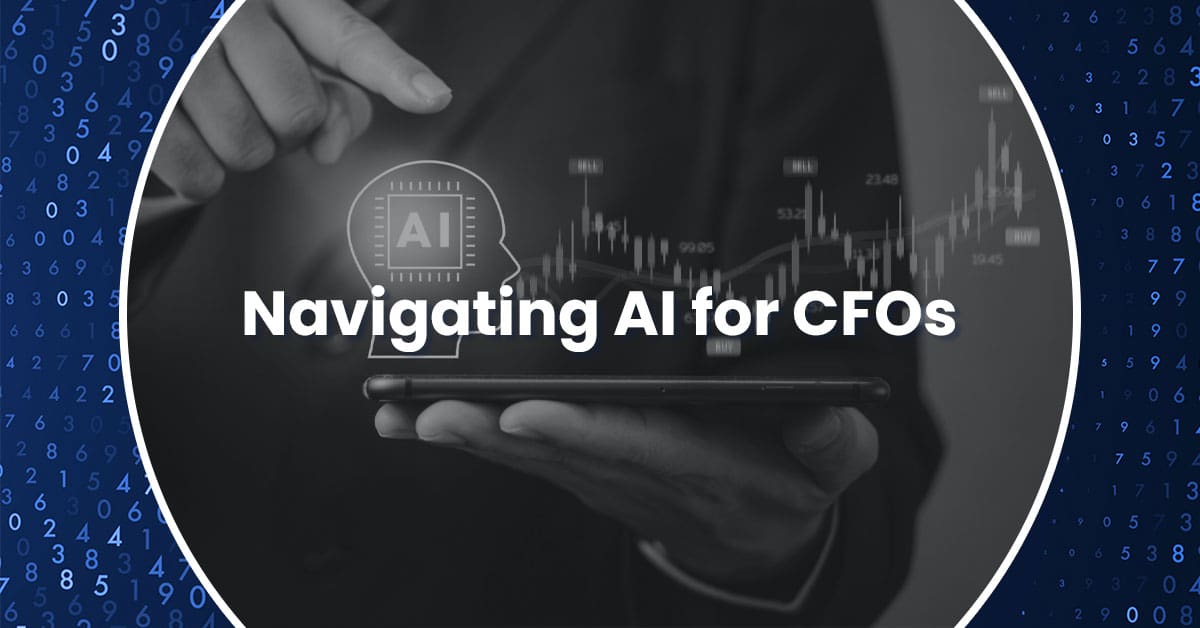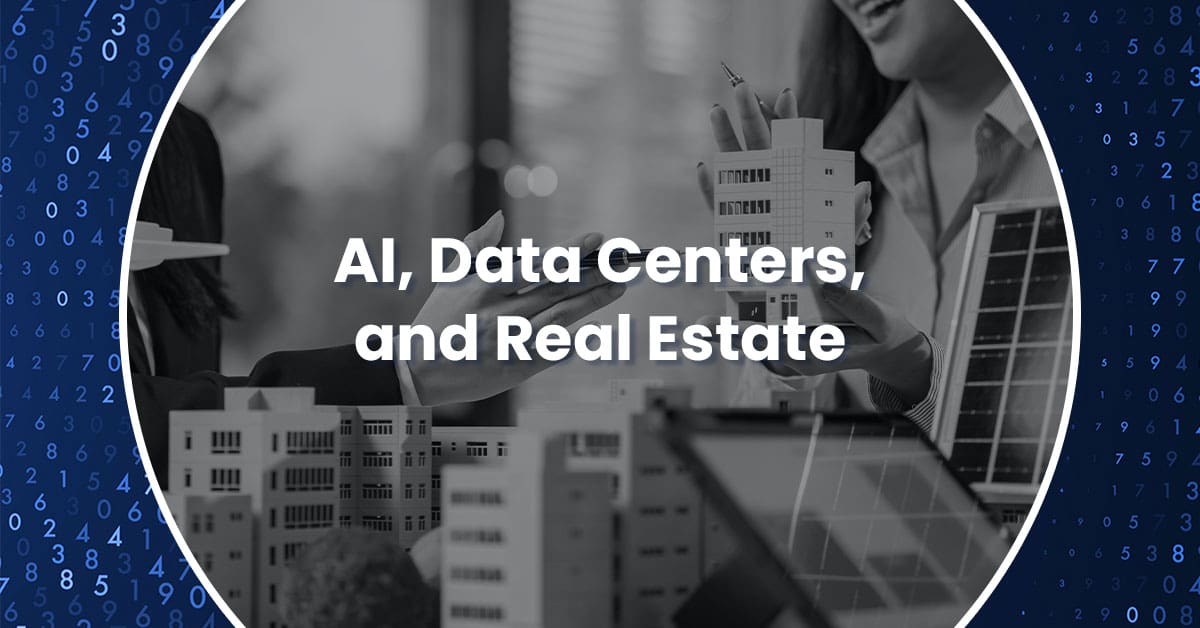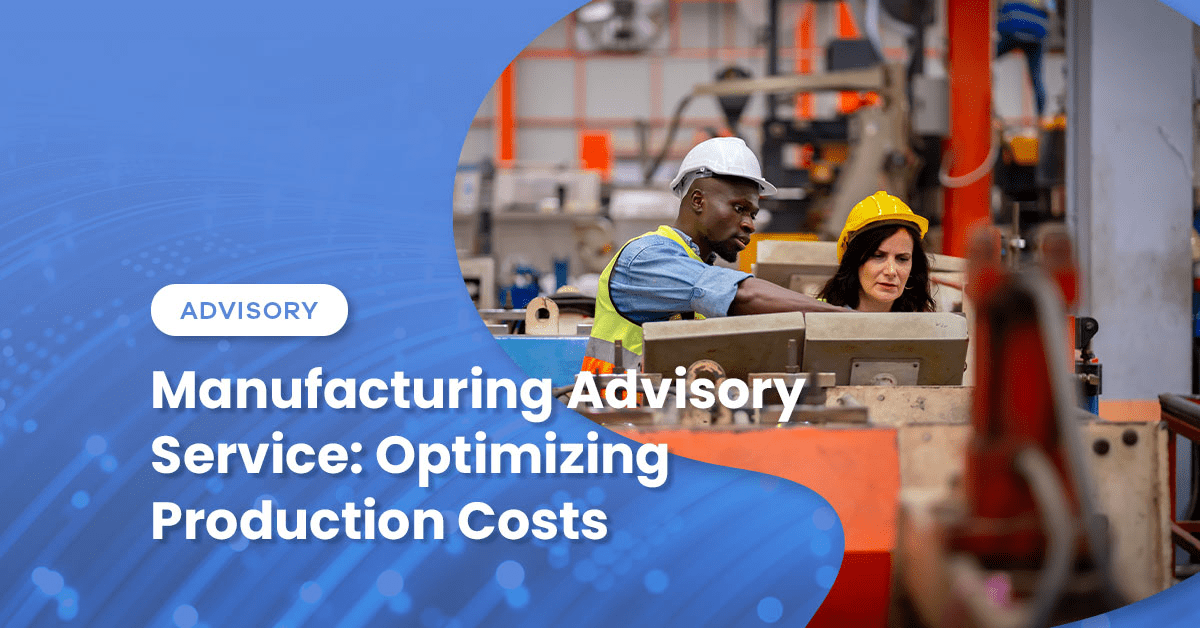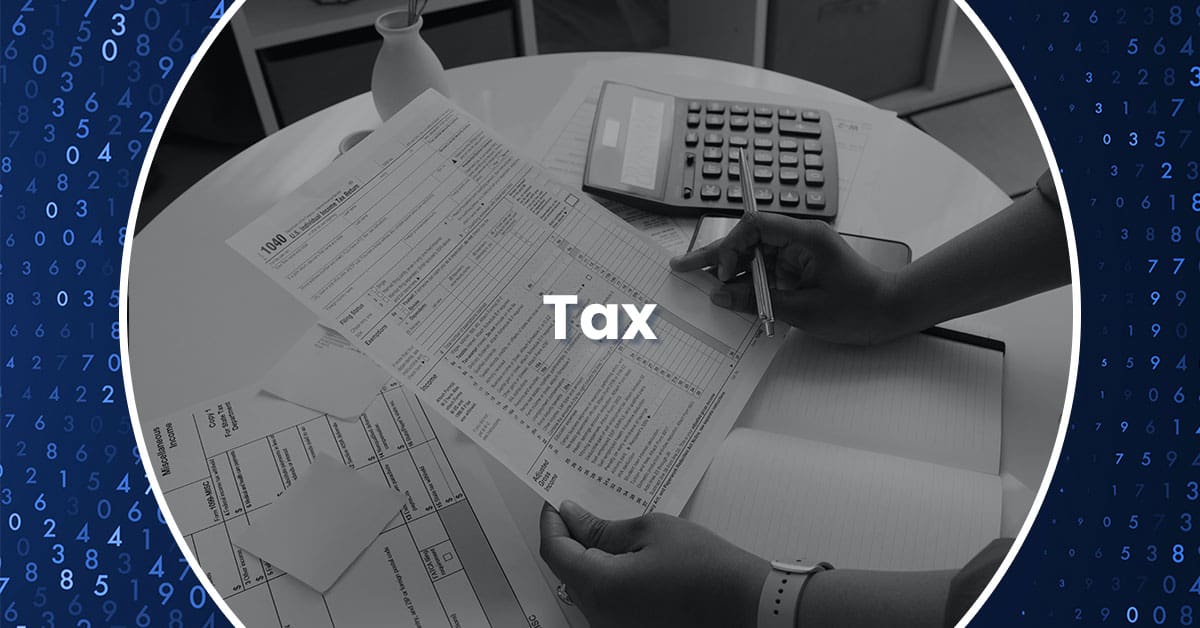The artificial intelligence revolution is reshaping business operations across industries, and companies are investing billions in AI technologies. For CFOs and controllers, these investments present a fundamental challenge: How do we properly account for AI for accounting development costs while ensuring accurate financial reporting and maintaining investor confidence?
Unlike traditional software projects, AI initiatives are characterized by iterative development, substantial data acquisition costs, and complex integration demands that challenge existing accounting frameworks. With global enterprise AI investments expected to surpass $200 billion by 2025 as projected by Goldman Sachs, these expenditures, including internal projects, third-party platforms, and cloud-based solutions, now represent material amounts for many organizations and require precise accounting.
The chosen treatment, whether capitalizing or expensing AI development costs, directly affects key financial metrics such as reported earnings and balance sheet strength, influencing debt covenant compliance, analyst expectations, and investor perceptions of management’s capital allocation decisions.
Applying U.S. GAAP to AI Projects
Since AI software falls under existing U.S. GAAP software development frameworks, the primary determination is whether your AI initiative should follow internal-use software guidance (ASC 350-40) or external-use software guidance (ASC 985-20). This classification drives fundamentally different accounting treatments with significant financial statement implications.
Most AI for accounting projects fall under internal-use software guidance. This includes AI applications developed to enhance internal operations, automate customer service and provide predictive analytics for informed business decisions. AI-powered SaaS solutions that provide hosted services and enable customers to access functionality without requiring software licenses fall under internal-use software guidance. In contrast, SaaS solutions that are licensed to customers may fall under ASC 985-20.
Accounting for AI-related development costs under U.S. GAAP is often complex, requiring significant management judgment due to the iterative nature of these projects and rapidly evolving standards. To address these challenges, new guidance was issued in September 2025 under ASU 2025-06, which amends ASC 350-40 and provides a revised model for internal-use software and AI projects.
Whereas the previous guidance categorized internal-use software development into three distinct stages (Preliminary Stage, Development Stage and Post Implementation Stage), ASC 2025-06 removes all references to these stages, acknowledging that modern software development (e.g. agile methods) is iterative and non-linear. The existing accounting requirements for external-use software development costs, as later discussed, did not change under ASU 2025-06.
Under the new model, capitalization begins when both of the following criteria are met:
- Management has authorized and committed to funding the software project.
- It is probable that the project will be completed and the software will be used for intended purpose(s).
Until (1) and (2) are met, all software development costs are expensed as incurred. Capitalization of internal-use software development costs ceases when the software is ‘substantially complete and ready for its intended use.
Additionally, whereas the timing and documentation requirements for capitalization has shifted, the types of internal-use software costs that can be capitalized were not changed under this new guidance (i.e. direct labor, materials and services, coding and testing, configuration, etc.), as well as those costs which are non-capitalizable and expensed as incurred (i.e. preliminary planning, post-implementation, data conversion, maintenance, etc.).
The guidance under ASU 2025-06 includes expanded disclosure requirements, and is effective for annual and interim periods beginning after December 15, 2027, with early adoption permitted. The ASU may be implemented retrospectively, prospectively to software costs incurred after the adoption date or on a modified prospective basis.
External-Use AI Software (ASC 985-20)
AI software intended for sale, licensing, or external marketing follows the more restrictive ASC 985-20 framework. This applies to AI products sold to customers, AI-enabled applications licensed to third parties, and AI algorithms marketed as standalone solutions.
Under ASC 985-20, all development costs are expensed until “technological feasibility” is established – typically much later in the development cycle than ASC 350-40. This creates a shorter capitalization window and generally results in more costs being expensed immediately.
Establishing technological feasibility involves either completing a detailed program design or creating a working model that demonstrates the AI system can reliably perform its intended functions. For machine learning applications, this often means achieving acceptable accuracy rates, completing performance testing across diverse datasets, and demonstrating scalability requirements.
Critical Decision Points: AI for Accounting
Data Acquisition and Training Costs
AI systems require substantial data for training and ongoing operations. The accounting treatment depends on the data’s characteristics and intended use:
- Third-party data with alternative future uses: May be capitalized as intangible assets under ASC 350-30 if the data has value beyond the specific AI project
- Project-specific training data: Generally expensed as incurred since it represents research and development activity
- Data conversion and migration: Always expensed under ASC 350-40
The complexity increases when companies develop proprietary datasets that could be monetized separately. CFOs must evaluate whether such data assets have standalone value and alternative applications that justify capitalization.
Cloud-Based AI Development
Many organizations develop AI solutions using cloud platforms like AWS SageMaker, Google AI Platform, or Microsoft Azure ML. The accounting treatment depends on the specific arrangement structure:
- Infrastructure-as-a-Service (IaaS) costs: Variable compute costs that can be directly attributed to particular AI projects may, under certain conditions, be eligible for capitalization during the application development phase. However, usage fees are typically expensed unless they are specifically allocable to implementation activities.
- Platform-as-a-Service (PaaS) subscriptions: Fixed-term platform access costs typically represent period expenses unless dedicated to specific capitalizable projects.
- Implementation costs: Configuring cloud-based AI platforms follows cloud computing arrangement guidance under ASC 350-40.
Model Updates and Enhancements
AI systems require continuous improvement through model retraining, algorithm updates, and capability expansions. Distinguishing between maintenance activities (expensed) and enhancements (potentially capitalizable) requires careful analysis.
Maintenance activities include routine model retraining with new data, bug fixes, performance optimization, and security updates. These costs preserve existing functionality and are expensed as incurred. Enhancement activities that add new capabilities, expand model functionality, or significantly improve performance may qualify for capitalization if they meet upgrade and enhancement criteria under the applicable framework.
Implementing Effective AI Accounting Controls
Establishing Project Tracking Systems
Successful AI accounting requires robust project management and cost tracking capabilities. Organizations should implement systems that capture:
- Project Authorization: Clear documentation of project authorization points and criteria for capitalization
- Cost categorization: Detailed tracking of direct costs, indirect costs, and specifically non-capitalizable expenses like training and data conversion
- Resource allocation: Time tracking for employee efforts across multiple AI initiatives
- Vendor cost allocation: Proper assignment of third-party costs to specific projects and capitalizable activities
Cross-Functional Collaboration Framework
AI accounting decisions require input from multiple stakeholders. Finance teams should establish regular communication protocols with:
- Technology teams: To understand development methodologies, project timelines, and technical milestones
- Data science teams: To evaluate model development progress and determine technological feasibility
- Legal teams: To assess intellectual property rights and external licensing implications
- Business unit leaders: To confirm intended use cases and commercial application
Documentation Requirements
Given the complexity and judgment involved in AI accounting, comprehensive documentation is essential for audit support and regulatory compliance. Key documentation includes:
- Project authorization records: Evidence of management commitment and funding approval
- Development progress: Regular evaluations of project progress with supporting technical documentation
- Cost allocation methodologies: Clear policies for assigning shared costs across multiple AI initiatives
- Useful life determinations: Analysis supporting amortization periods considering technology obsolescence and competitive factors.
Managing AI Asset Valuation and Impairment
Determining Useful Lives
AI assets often have shorter useful lives than traditional software due to rapid technological advancement and competitive pressures. Factors to consider include:
- Technology evolution rates: Machine learning frameworks and algorithms evolve rapidly
- Data obsolescence: Training data may become outdated as business conditions change
- Competitive landscape: New AI capabilities from competitors can quickly obsolete existing solutions
- Regulatory changes: Emerging AI regulations may require significant modifications or replacement
Impairment Considerations
AI assets face unique impairment risks that require ongoing monitoring:
- Performance degradation: AI models may lose effectiveness over time as underlying data patterns change
- Technical obsolescence: New AI approaches may render existing solutions ineffective
- Regulatory compliance: Changing AI governance requirements may force abandonment of existing systems
- Market conditions: Economic shifts may reduce the value of AI-driven business capabilities
Financial Statement Impact Analysis
CFOs should regularly assess how AI accounting decisions affect key financial metrics:
- Return on invested capital: Capitalization policies influence both numerator (earnings) and denominator (invested capital) calculations
- Debt covenant compliance: Software asset classifications may affect leverage ratios and tangible net worth calculations
- Tax implications: Book-tax differences from AI development costs require careful coordination with tax teams
- Investor communications: Consistent messaging about AI investment strategies and accounting policies builds credibility with stakeholders
Strategic Recommendations for CFOs
Develop AI-Specific Accounting Policies
Create comprehensive policies addressing AI development cost accounting
Implement Regular Review Processes
Establish quarterly reviews of AI project portfolios
Enhance Financial Reporting Capabilities
Strengthen reporting infrastructure to provide stakeholders with meaningful AI investment insights:
- Segment reporting: Consider separate disclosure of AI-related revenues and costs where material
- Management discussion: Provide clear explanations of AI accounting policies and their financial statement impact
- Forward-looking guidance: Help investors understand the expected financial trajectory of AI investments
- Risk disclosures: Communicate AI-specific risks, including technology obsolescence and regulatory change
Preparing for Future Developments
The intersection of AI and accounting continues to evolve. CFOs should stay informed about regulatory developments while building flexible accounting frameworks that can adapt to changing requirements.
Additionally, emerging AI technologies, such as large language models, autonomous systems, and quantum computing, may present new accounting challenges that current frameworks don’t adequately address. Organizations making significant investments in these areas should engage with auditors and accounting advisors early in the development process.
Moving Forward: Your Next Steps in AI for Accounting
AI for accounting offers transformative potential for organizations, but capturing its advantages depends on precise financial management and accounting.
By navigating the complexities of applying current software accounting frameworks to AI initiatives, implementing strong controls and documentation, and fostering collaboration between finance and technology teams, CFOs can maximize AI’s value while upholding financial reporting integrity. The accounting choices made today will shape stakeholder perceptions of AI investments for years to come.
To succeed, CFOs and controllers must move beyond simple compliance and develop strategic accounting approaches that support broader business goals. This includes evaluating the impact of capitalization policies, enhancing investor relations through transparent AI disclosures, and leveraging better cost tracking for improved project management.
As AI continues to transform industries, CFOs who master these evolving accounting challenges will give their organizations a competitive edge in both technology adoption and financial performance reporting.
Ready to Navigate Your AI Accounting Challenges?
Every AI initiative presents unique accounting considerations that require expert guidance. Whether you’re launching your first AI project or optimizing the accounting treatment of an existing AI portfolio, our experienced team at Wiss can help you develop the right approach for your organization.
Contact our experts today to discuss how we can support your AI accounting strategy and ensure your investments are properly reflected in your financial statements. Our specialists understand both the technical accounting requirements and the strategic business implications of AI investment decisions.
For additional guidance on AI for accounting implementation or to discuss your organization’s specific AI investment challenges, contact our accounting advisory experts at Wiss.





 Previous
Previous






